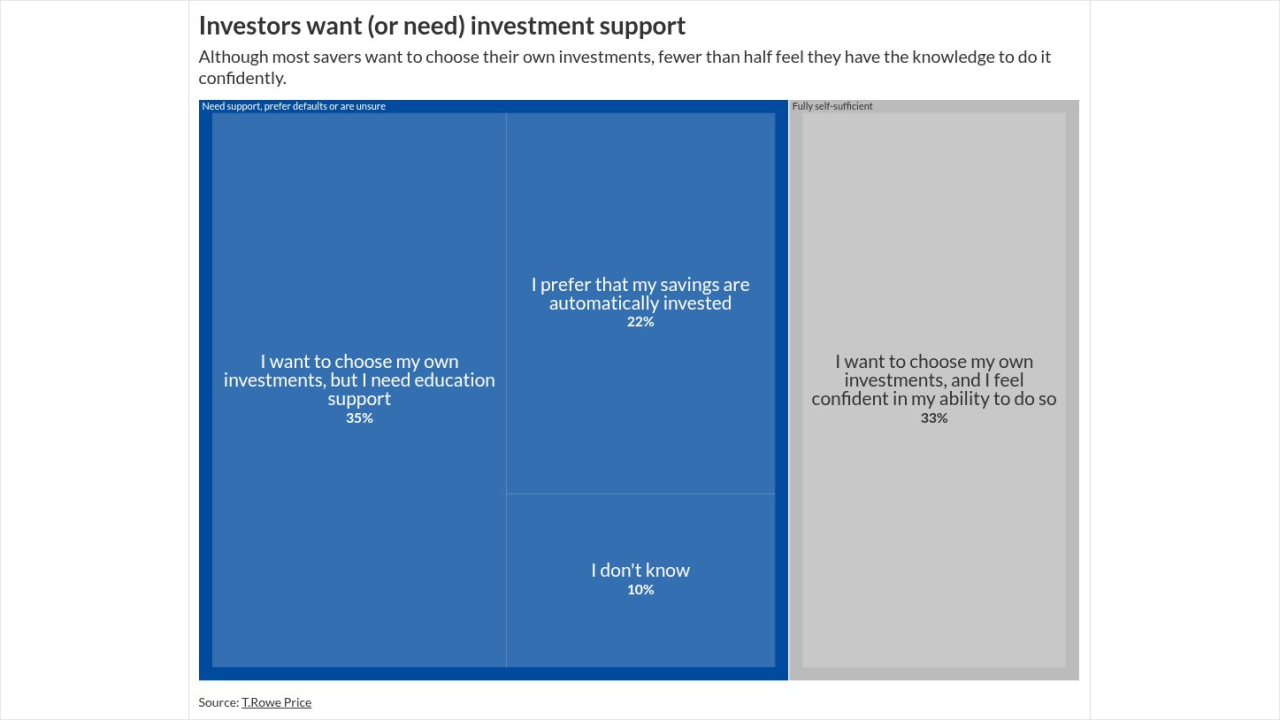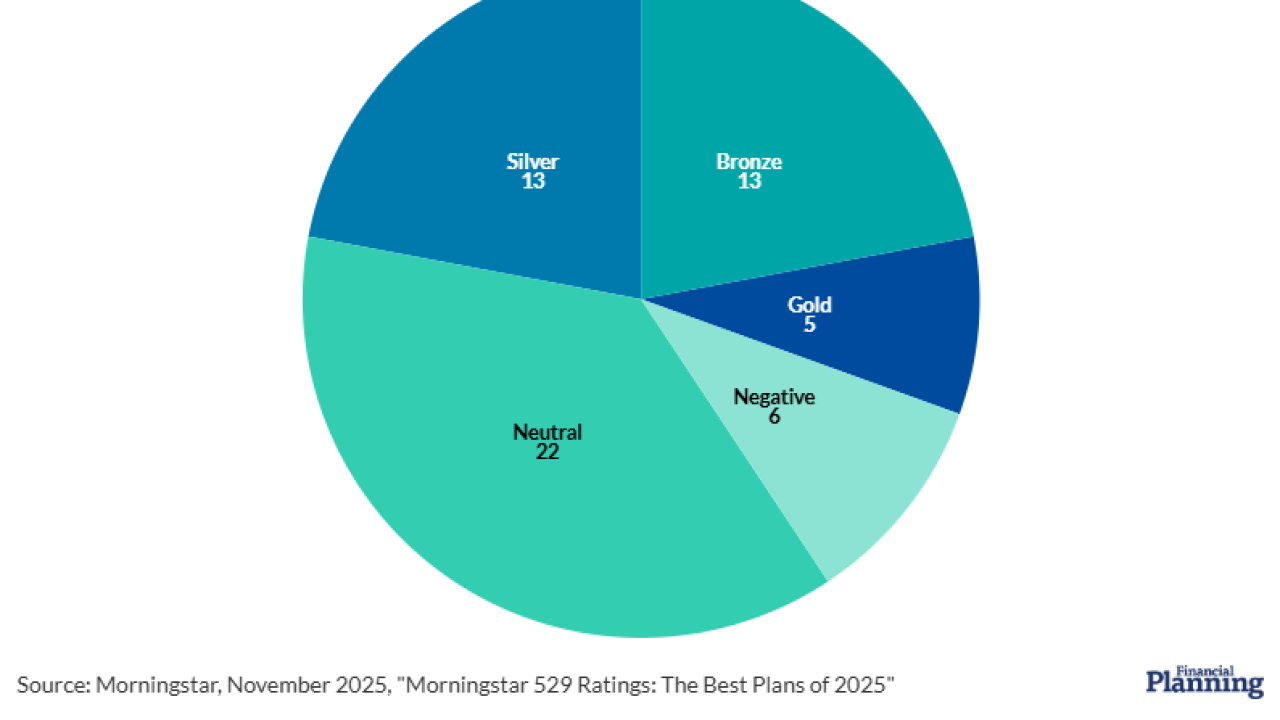BlackRock’s $14 billion Treasury ETF is fast becoming a weapon of choice for traders placing boom-to-doom bets on the fate of the world’s largest bond market.
Outstanding options riding the iShares 20+ Year Treasury Bond fund (TLT), the world’s most heavily traded government debt product, are near the highest level this year. Bank of America and Macro Risk Advisors reckon bearish contracts on the long-dated ETF can buffer multi-asset investors from a bond tantrum as Wall Street frets the one-sided bull market.
Investors betting on central-bank easing have pumped up long-dated Treasurys, leaving them vulnerable to a rapid downward spiral should sentiment reverse, like what briefly happened Friday when a U.S. jobs report showed the economy might be healthier than bonds suggest.

Duration, a measure of sensitivity to interest-rate changes, has soared to near all-time highs across sovereign debt markets. With options on TLT showing a lack of downside fear, they’re an easy hedge if things go pear-shaped.
“Positioning in U.S. duration longs remains historically extreme,” BofA strategists led by Anshul Gupta wrote in a note. “Any negative shock to Treasurys could be exacerbated by crowded positioning.”
Retirement savers say they want investment choice, but confidence in navigating those decisions remains low, according to new T. Rowe Price research.
Morningstar's study of this growing area of asset management suggests that 529 plan quality is rising, despite the research firm's lackluster grades for it.
The strategists recommend a TLT “collar,” an options trade that involves buying a bearish put on the fund that’s paid for by selling a bullish call. The thinking goes that it’s a costless trade with the only risk being that if Treasuries rally further, you’re on the hook to sell shares in the fund for less than what you’ve paid for them.
For the call to expire in-the-money, the 30-year Treasury yield would have to fall to around 2.23% by mid-August from 2.53% today, according to the bank’s indicative trade.
Global bonds yields have collapsed this year as central banks signal their next moves will more likely be to loosen than tighten policy. But a growing chorus on Wall Street is urging caution.
Citigroup strategists are doubling down on their view these easing bets are overdone and that the Fed will take a “wait and see” approach at its July 31 meeting. JPMorgan Chase is warning against a possible “bond tantrum” sparked by depleted liquidity and vulnerable positioning.
Macro Risk Advisors also recommends selling calls on TLT — this time to fund bullish options on the SPDR S&P 500 ETF Trust (SPY), the world’s largest ETF.
The market’s next test is tomorrow, when the Fed releases minutes of its June 19 meeting, and then in ensuing days as Chairman Jerome Powell faces Congress. He’s likely to leave cuts firmly on the table even though the latest U.S. jobs report dialed down the urgency to ease borrowing costs.
Markets are pricing in a 25-basis point cut when Fed policy makers meet later this month. That puts equities in line for further gains as second-quarter earnings kick off in coming weeks, MRA quantitative strategist Maxwell Grinacoff wrote in a note.
The trade performs best “when equities greatly outperform bonds,” according to Grinacoff. The biggest danger is a risk-off spell where rates continue to rally and stocks sell off.
The recommendations highlight the growing role the world’s most liquid ETFs play for savvy managers versed in derivatives and keen to bet on macro developments. Earlier this year, another BlackRock fund — ticker FXI — became a go-to for navigating the trade war and China’s sputtering growth.








